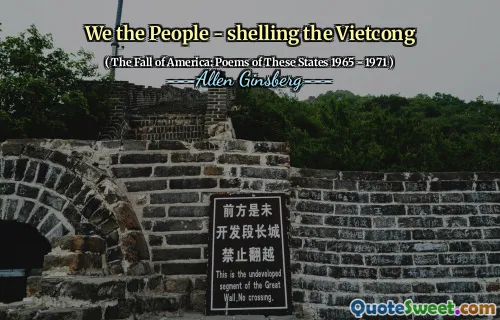To think that the affairs of this life always remain in the same state is a vain presumption; indeed they all seem to be perpetually changing and moving in a circular course. Spring is followed by summer, summer by autumn, and autumn by winter, which is again followed by spring, and so time continues its everlasting round. But the life of man is ever racing to its end, swifter than time itself, without hope of renewal, unless in the next that is limitless and infinite.
The quote reflects on the inevitable changes in the cycle of life and nature, illustrating how seasons progress in a continuous loop. Each season transitions seamlessly into the next, emphasizing the perpetual motion of time and nature's rhythm. This cyclical pattern highlights that while the external world is in constant flux, it also represents a comforting predictability within the chaos of life.
In contrast, human life is depicted as fleeting and racing toward its inevitable conclusion, suggesting a sense of urgency and finality that differs from the eternal cycles of nature. Without the possibility of renewal in this life, the quote offers a glimpse of hope for an infinite afterlife, where time ceases to constrain existence. This duality of change and permanence invites reflection on the nature of life and the human experience.





